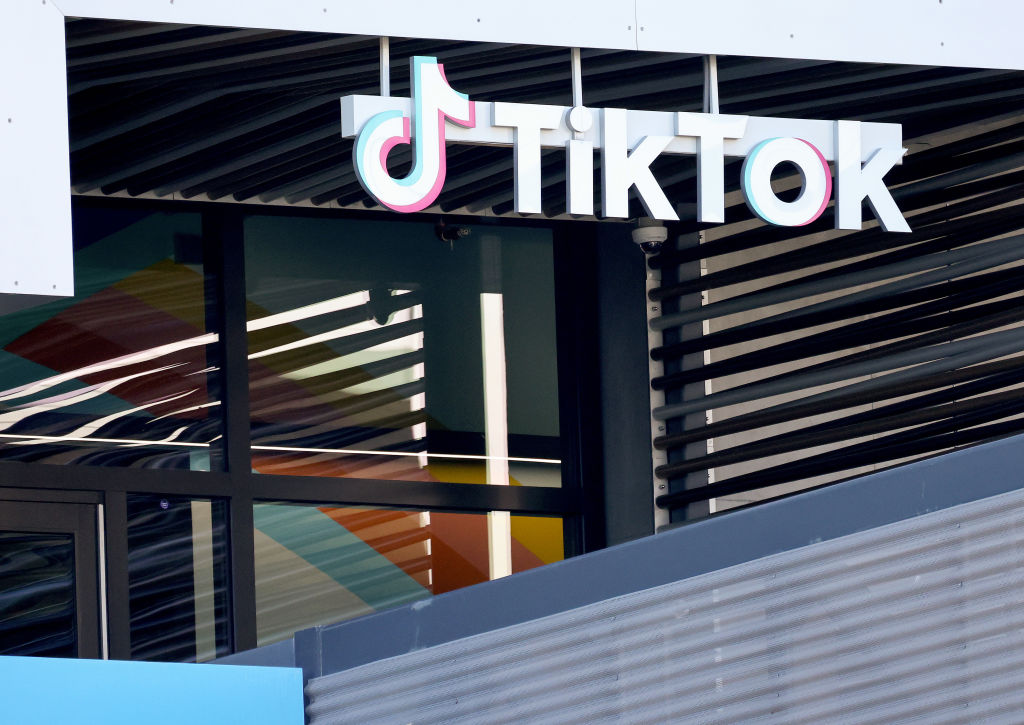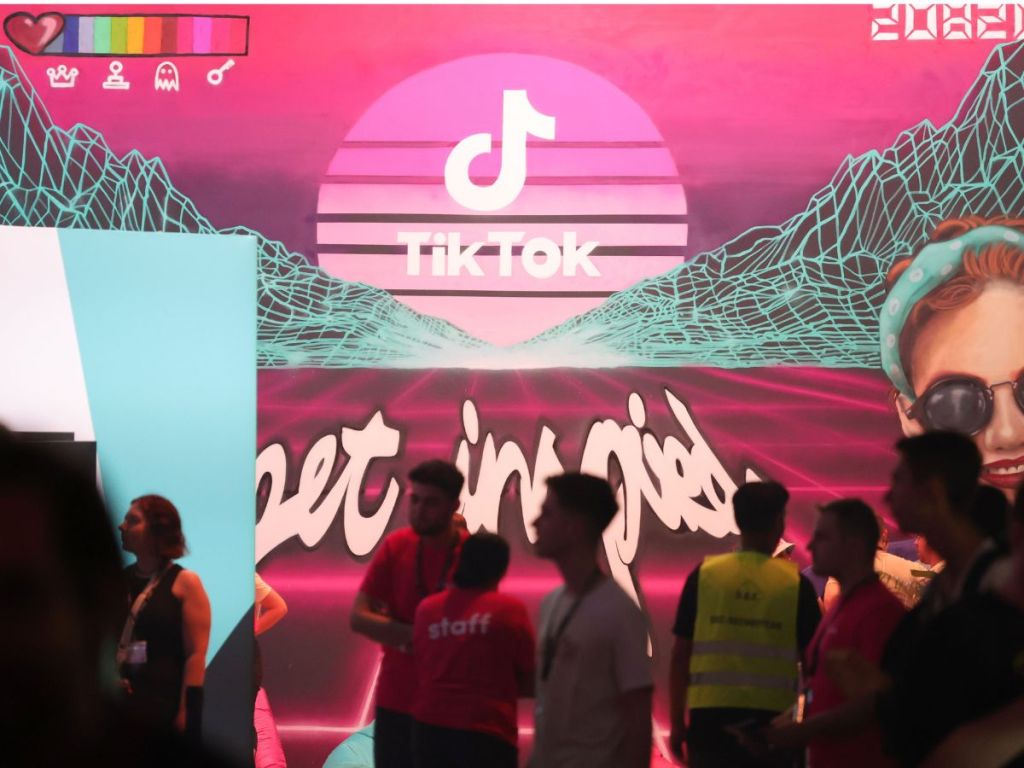TikTok heating: TikTok and its Chinese parent company ByteDance, have long been the subject of criticism concerning user surveillance, nefarious data misuse and its ties to the Chinese Communist Party.
Now, a recent exposé published by Forbes, has surfaced new information about the troubling nature of content sharing at both TikTok and ByteDance, which showed that the already-disturbing nature of the platform’s content sharing algorithm may actually be the least of everyone’s concerns.
According to personal statements provided by insiders at the social media company, along with a number of internal documents viewed by Forbes, employees at both TikTok and ByteDance are allowed to secretly hand-pick videos they wanted to turbocharge with more views and were routinely encouraged through a number of different avenues to do so.
The process by which TikTok employees select videos and subsequently amplify their reach across TikTok’s ‘For You’ page is called ‘heating’.
The official document that provides employees with guidance on how to ‘heat’ the right videos, dubbed the ‘MINT Heating Playbook’ explains, “the total video views of heated videos accounts for a large portion of the daily total video views, around 1-2%, which can have a significant impact on overall core metrics.”
TikTok heating: TikTok’s secret heat
While many social media platforms amplify the content they want their viewers to see, they typically disclose that information. During the age of Covid, tech gaints like Google, Facebook and even TikTok all partnered with public health groups to tackle misinformation and made plain disclosures about which posts were promoted and why.
Interestingly, up until surfaced the documents about ‘heating’ TikTok had never publicly disclosed that it engaged in this type of highly-selective, and downright dangerous content amplification.
According to sources, TikTok has been secretly using its heating process to benefit influencers, brands and content creators they have existing partnerships with at the behest of those they don’t. Typically we think of the almighty and mysterious algorithms at the core of social media delivering us content we might be interested in. At TikTok, this was often not the case.
The documents revealed that between 1% and 2% of all the daily views gathered by videos on the viral video application’s ‘For You’ section were a result of the heating process.
For You
It remains unclear exactly how many videos in the For You section have been heated by employees but the fact of the matter is, in the absence of any official disclosure, it makes it quite literally impossible for you as the viewer to discern which content is organically appearing and which content is being slipped into your feed by individual staff at the company.
In response to a detailed set of questions asked by Forbes, TikTok spokesperson Jamie Favazza wrote: “We promote some videos to help diversify the content experience and introduce celebrities and emerging creators to the TikTok community. Only a few people, based in the US, have the ability to approve content for promotion in the US, and that content makes up approximately .002% of videos in For You feeds.”
This statement stands in direct opposition to TikTok’s own internal documents that specifically detail how the heating process can contribute to upwards of 1-2% of the total daily video views across the platform and have a “significant impact on overall core metrics”.
Employees routinely abuse TikTok’s heating feature
The sources also shared the TikTok employees routinely abused their ‘heating’ privileges, saying that staff often used the feature to amplify their own or their friends content even though it technically stood in stark violation of company policy.
Not only were employees using the ‘heating’ process for their own purposes, but the one’s that were just dutifully doing their job, explain that the instructions around which videos to privilege with more views were often vague.

A document called the ‘TikTok Heating Policy’ says that employees may use heating to “attract influencers” and “promote diverse content”. It doesn’t stop there, employees at their own discretion were encouraged to “push important information” and “promote relevant videos that were missed by the recommendations algorithms.”
Two sources told Forbes that many employees have often felt left to their own devices in determining whether or not a video falls within these abstract guidelines.
TikTok’s ties to political manipulation
TikTok is no stranger to concerns of political manipulation, which are tied to growing worries that the Chinese government and affiliated organisations could quite easily coerce the platform’s Chinese parent company, ByteDance, into amplifying or subduing certain types of political messages across TikTok.
In the past TikTok has been forced to confess that it previously censored content critical of China, and last year, former ByteDance employees anonymously shared that another ByteDance app, a now-decommissioned news aggregator called TopBuzz, had attached “pro-China messages” to the top of its news feed to be viewed by US readers.
Interestingly, TikTok chose not to answer Forbes‘ questions about whether employees based in China had ever heated content, or whether the company has ever heated content produced by the Chinese government-affiliated media.
In December last year, Forbes revealed that ByteDance had engaged in a covert surveillance operation to access the locations of multiple journalists involved in ongoings investigations of itself and TikTok.
According to the report ByteDance gained access to journalist’s IP addresses and user data in attempt to pin down their physical locations and figure out which employees they had been speaking to.



